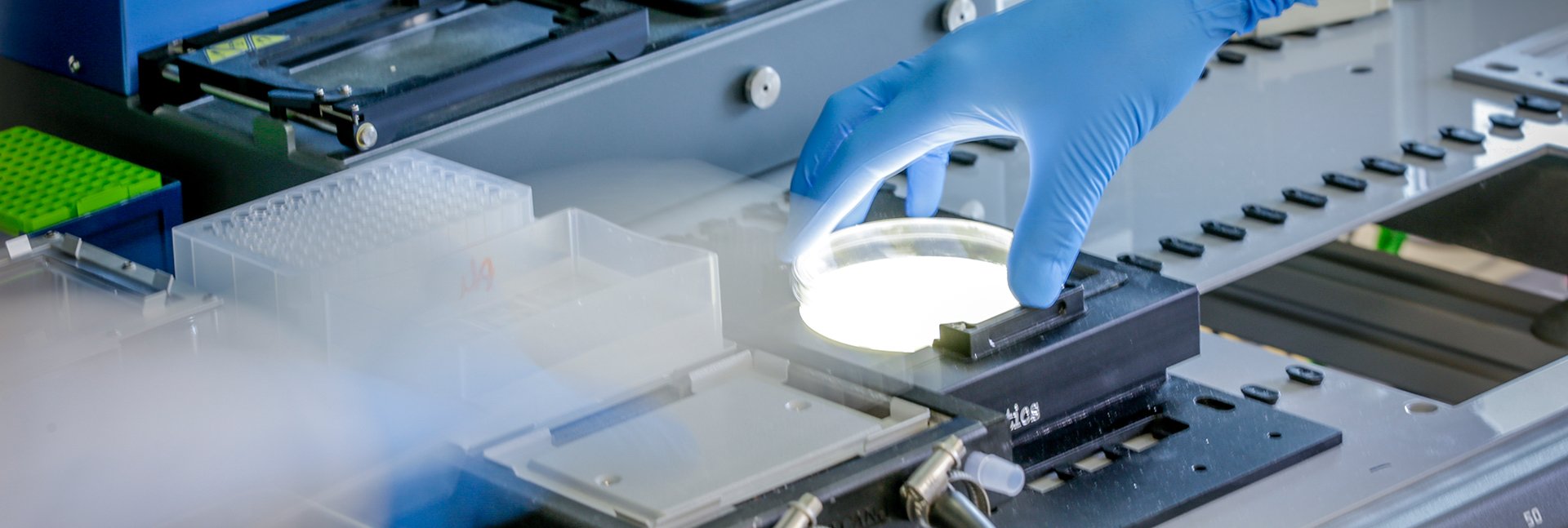First model on the market to validate bispecifics
Bi-specific antibodies (Bi-Abs) that have the ability to recognize and direct immune cells to destroy specific cancer cells have gained particular interest for the development of new immunotherapies. The first such antibody that has been approved by the FDA is blinatumomab, a bi-specific T-cell engager (via human CD3ɛ) currently used for the treatment of Precursor B-Cell Acute Lymphoblastic Leukemia (human CD19 expressed at the surface).
CD3ɛ is one of four CD3 subunits that are closely associated to the T Cell Receptor (TCR):
One of the major limitations in the development of Bi-Abs is the need to express not one, but two human proteins in mice to perform in vivo validations of the antibody. MImAbs has therefore engaged in the development of an appropriate animal model for the validation of all Bi-Abs directed against CD3ε. MImAbs has now completed the construction of a humanized CD3ε knock-in mouse by replacing the mouse CD3ε by its human counterpart. In vitro and in vivo experiments have demonstrated that these mice have a functional immune system, in particular functional T cells, and are a valid model for Bi-Abs targeting human CD3ε.
in vitro: T cells from CD3ε humanized mice are properly activated
Two main assays were performed to address whether or not T cells expressing human CD3ε, derived from the knock in mouse, were functional:
Activation assay
T cells enriched from hCD3ε wild-type (WT), heterozygous (Het) or Homozygous (Homo) mouse splenocytes were incubated with soluble anti-CD28 (1mg/mL) plus anti-mouse CD3 (mCD3), or anti-human CD3(hCD3), or with a control anti-mTCRβ.
% of activated mCD8+ T cells (CD69+ CD25+) were studied by flow cytometry.
> T cells from homozygous and heterozygous hCD3ɛ mice are activated in a dose-dependent manner with anti-hCD3 + anti-CD28.
Cytotoxicity assay
Effector T cells from hCD3ε wild-type (WT), heterozygous (Het) or Homozygous (Homo) were pre-activated with anti-CD28 + anti-mTCRβ. They were incubated with target cancer cells that express hCD19 and luciferase (Raji-Luc cells). Lysis was measured in the presence of blinatumomab (hCD19/hCD3ε bispecific).
> Both homozygous and heterozygous hCD3e T cells display a cytotoxic activity when triggered via the hCD3ε receptor.
in vivo: Bi-Abs targeting human CD3ɛ have an anti-tumour activity in CD3ɛ humanized mice
To address the anti-tumour effect of blinatumomab in vivo in the CD3ɛ humanized mouse model, mice were injected sub-cutaneously with B16F10 murine melanoma cells transfected to express hCD19. When tumours had reached 50-100mm3, mice were treated intravenously daily with Blinatumomab (hCD19-hCD3 bispecific, 5 or 20 μg/mouse) or vehicle for 5 days (red dotted lines below). Mouse survival (A, below) and tumour volume (B, below) were monitored. The data demonstrate modest but significant anti-tumour activity in this model. This may relate to the modest activity of bispecifics against solid tumours in humans, but might be improved upon combination with other compounds such as checkpoint blockers.
